Before Al Capone took control of the infamous Chicago Outfit, his mentor Johnny Torrio grew it into a sprawling criminal empire.

Public DomainJohn Donato Torrio, the Italian-American mobster who helped form the Chicago Outfit.
While his name may not be as widely known as Al Capone’s, without Johnny Torrio, there would have never been a Scarface. Torrio was considered a mastermind in the world of organized crime, a mentor to Al Capone and one of the mobsters responsible for building the Chicago Outfit.
In the 1910s, when the Chicago Outfit was in its earliest stages, Torrio became underboss to “Big Jim” Colosimo. However, it wouldn’t be until Prohibition — and Colosimo’s murder — that Torrio would take over as boss, with Capone as his right-hand man. What followed was a bloody power struggle between Torrio’s Outfit on the South Side and the North Side Gang led by Dean O’Banion — a struggle that eventually caused Torrio to retire from the mob.
After an assassination attempt left Torrio severely injured, he handed control of his gang over to Capone and left America for Italy. Although he would return to the United States just a few years later, he acted more as a consultant than a full-time Mafioso, helping to establish the National Crime Syndicate. Unlike most other mobsters of his era, Torrio spent his final years living a quiet, peaceful life until he died of a heart attack in 1957.
Still, Johnny Torrio’s role in the early days of the American Mafia can’t be understated. Torrio’s wisdom didn’t just help the mob survive; it helped it to thrive, transforming it into a national empire of organized crime.
Johnny Torrio’s Rise Through The Ranks Of The Five Points Gang
Born in 1882 in a small town in southern Italy, John Donato Torrio had a rough start in life. When he was two years old, his father, a rail worker, died in a work-related accident. Not long after, his widowed mother moved the family to New York’s Lower East Side.
By the time he was a teenager, Torrio found himself involved with the burgeoning organized crime scene of 20th-century New York. He got his start with a teen gang called the James Street Boys and quickly established himself as a leader thanks to his intelligence and knack for business. Under his guidance, the gang scraped together enough money to open a billiards parlor, which in turn allowed them to amass greater profits and dip their toes into loan sharking and gambling operations.
Torrio eventually caught the attention of Paul Kelly, the founder of the notorious Five Points Gang. The Five Pointers had a reputation for brutality. But it wasn’t Torrio’s brawn that attracted Kelly — it was his brains. The Five Points Gang eventually absorbed the James Street Boys, and Kelly made Torrio his right-hand man.
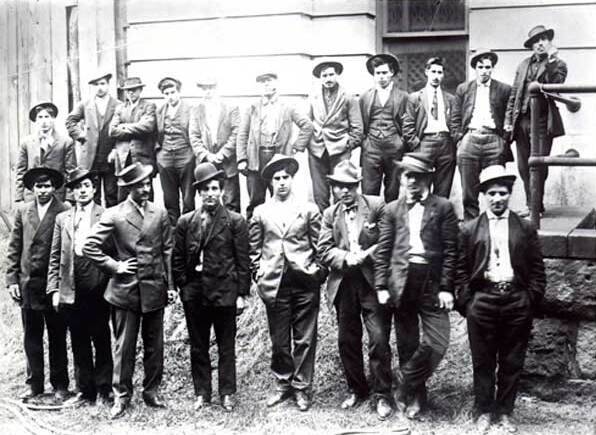
Wikimedia CommonsMembers of the Five Points Gang in New York.
While working under Kelly, Torrio oversaw several illegal operations, including loan sharking, prostitution, and opium trafficking. It was around this time that a teenage Al Capone also joined the Five Points Gang. Seeing Capone’s potential, Torrio took him under his wing, teaching him everything he knew about the world of organized crime.
Torrio was also reportedly the one who secured Capone a job as a bartender at the Harvard Inn. It was there that Capone got into a fight that would earn him the scars on his face — and his legendary nickname “Scarface.”
The pair were so close that when Capone’s son Albert Francis was born in 1918, Capone reportedly made Torrio the boy’s godfather.
Johnny Torrio eventually moved to Chicago in 1909. And it wouldn’t be long before Capone would join him as his right-hand man.
Early Years With The Chicago Outfit
“Big Jim” Colosimo was doing fairly well for himself in Chicago. The crime boss was operating several illicit businesses throughout the city, bringing in a steady stream of cash thanks to the chain of brothels he owned. By 1909, he had heard how well his nephew, Johnny Torrio, was doing in New York, and invited him to come out to Chicago and help with the family business.
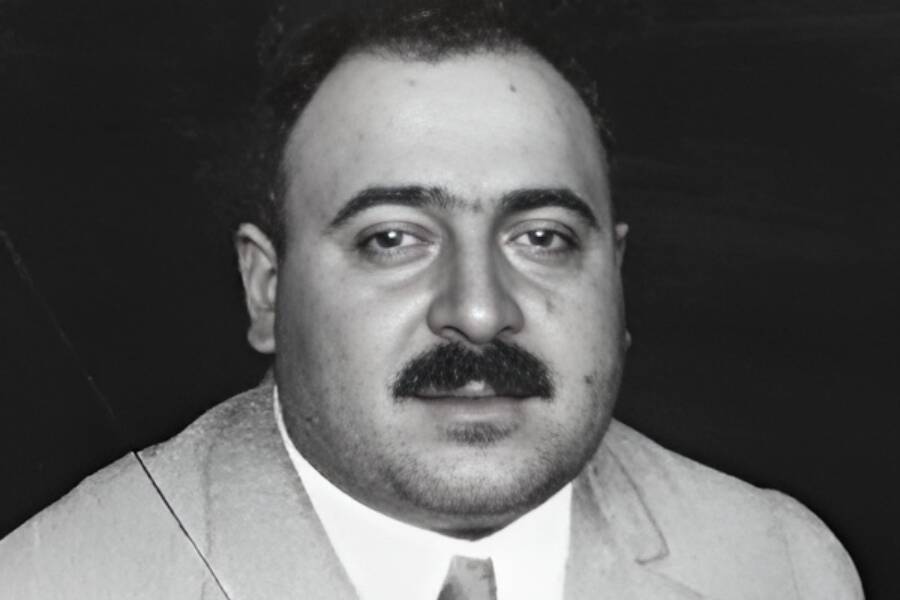
Public Domain“Big Jim” Colosimo, a brothel owner and mobster who came up in early-1900s Chicago.
Under the tutelage of his uncle, Torrio grew into an even more savvy businessman and a leader in his own right. As the Chicago Tribune’s James O’Donnell Bennett wrote in 1929, “organization and complete shamelessness were John Torrio’s strong points.” Unlike other mobsters of his era, Johnny Torrio was a calm, collected man who enjoyed things like opera. He preferred not to resort to physical violence. He never drank or smoked.
However, his moral convictions only extended as far as his immediate circle. Sure, he wouldn’t drink himself, but when Prohibition came rolling in and people were turning to the mob to get their illegal booze, Torrio saw an opportunity to make some money. And when his protégé Al Capone moved to Chicago to assist him, it seemed Torrio would be unstoppable.
However, resentment was growing between Torrio and his uncle. Colosimo was reportedly reluctant to get into the bootlegging business, even after Torrio insisted it would be profitable. When Colosimo divorced his wife, Victoria Moresco, to wed a club singer by the name of Dale Winter, it appeared to have pushed Torrio over the edge. Why should Colosimo reap the benefits of Torrio’s work?
On May 11, 1920, Torrio invited his boss to meet at Colosimo’s restaurant to discuss a beer shipment. But Torrio never showed. Colosimo arrived to find the restaurant apparently empty, except for the manager and chef. When he turned to leave, however, a fourth person burst out of the cloak room and shot him dead.
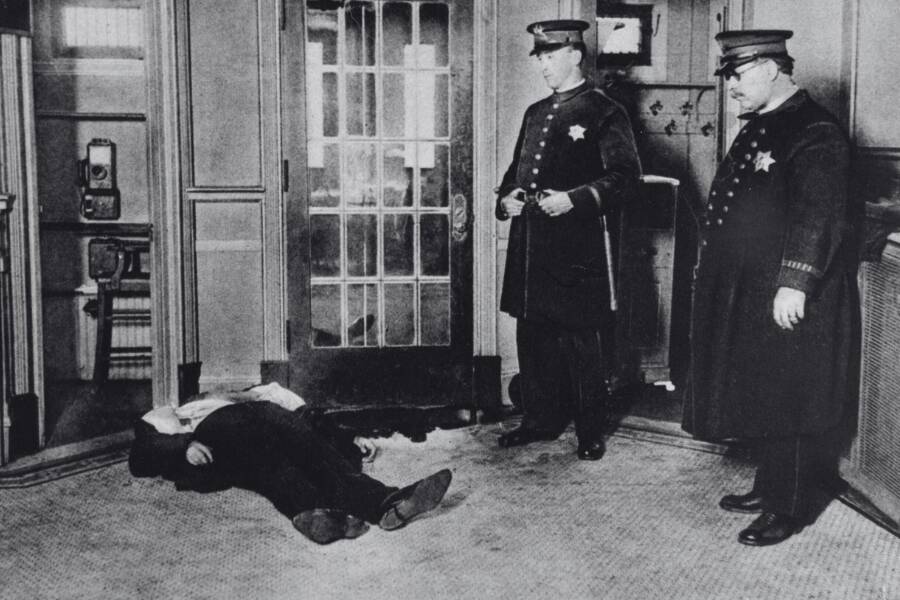
FacebookThe scene of “Big Jim” Colosimo’s death.
While it’s unclear exactly who killed Colosimo, it was widely assumed that Torrio himself had ordered the hit. As Colosimo’s second-in-command, Torrio effectively inherited his uncle’s criminal enterprises, taking control of the powerful Chicago Outfit. And he had Al Capone right there by his side.
Johnny Torrio And Al Capone’s Fight Against The North Side Gang
Johnny Torrio and Al Capone’s Chicago Outfit was perhaps the most powerful gang in Chicago during Prohibition. A shrewd negotiator, Torrio generally managed to avoid conflicts with smaller gangs, working to reach an agreement before fighting broke out.
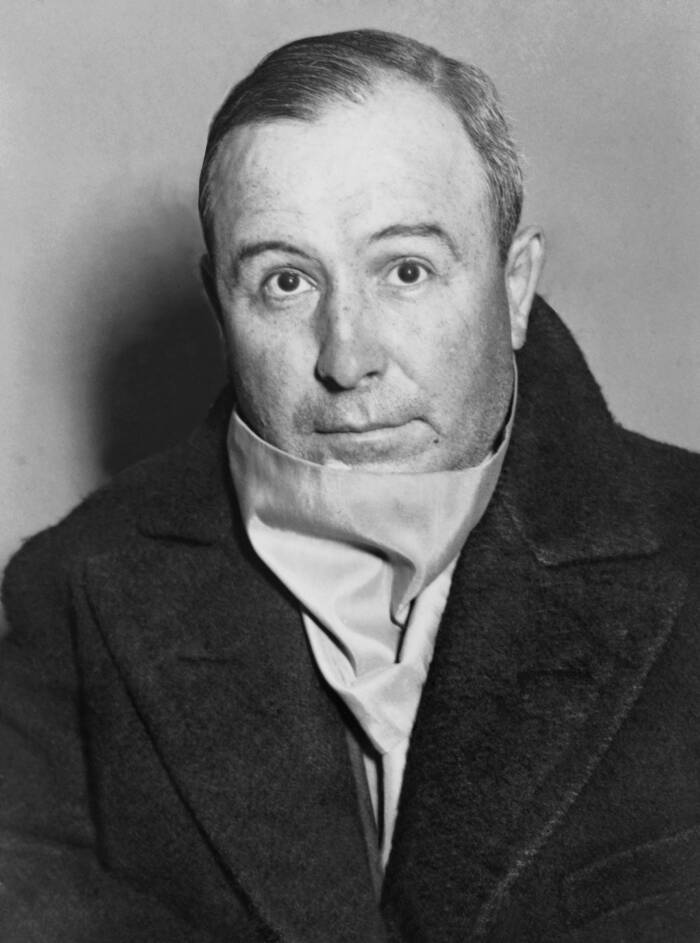
Everett Collection Historical/Alamy Stock PhotoJohn Donato Torrio, head of the Chicago Outfit.
The Outfit was rivaled in strength only by Dean O’Banion’s North Side Gang, which battled the Outfit for control over the city. Tensions between the groups started to reach a boiling point in 1924, when some of Torrio’s men were caught selling booze on North Side territory.
O’Banion, for his part, initially tried to settle the dispute peacefully by speaking with Torrio directly about the issue. But when Torrio failed to resolve it, O’Banion resorted to more extreme methods.
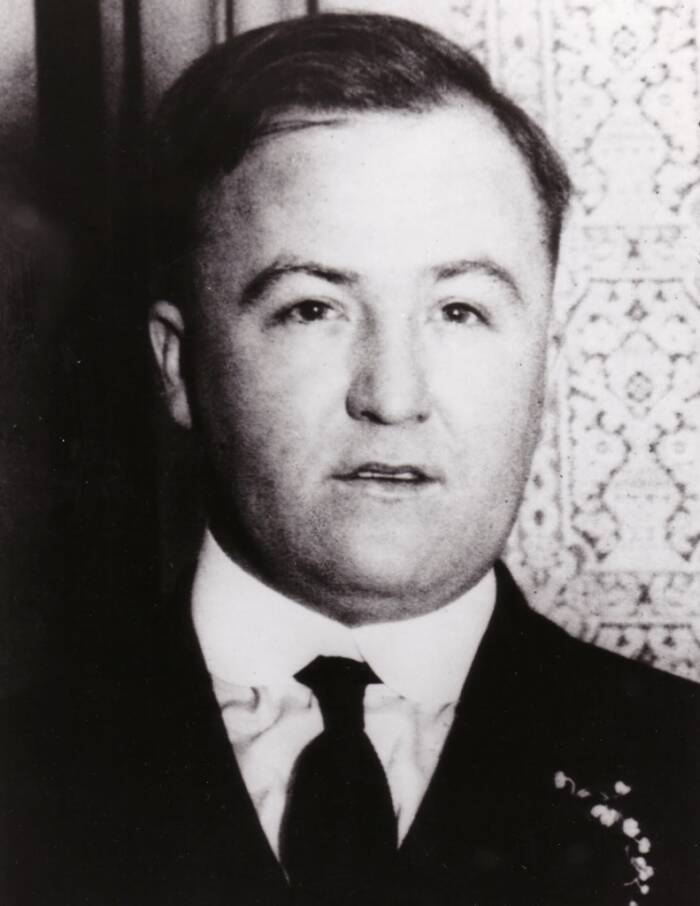
Public DomainDean O’Banion, leader of Chicago’s North Side Gang.
O’Banion offered to sell Torrio his share of the lucrative Sieben Brewery, claiming he wanted to get out of the business and move to Colorado. Torrio took the bait, paying O’Banion some $500,000 before heading to the brewery, where he had agreed to meet O’Banion to load the last shipment of beer. Instead, the police raided the brewery shortly after Torrio arrived — and arrested him.
O’Banion had scammed Torrio out of half a million and sold him out to the cops.
Torrio couldn’t retaliate immediately, as Mike Merlo, head of the Unione Siciliana, intervened to keep the peace. But Merlo died of cancer in November 1924 — and just two days after his death, three men entered a flower shop owned by O’Banion and shot the North Side Gang leader dead.
Control of the North Side Gang passed to Hymie Weiss, with the backing of Vincent Drucci and Bugs Moran. And Weiss was out for revenge.
The Attempt On Johnny Torrio’s Life That Led Him To Leave The Mob
Hymie Weiss and Dean O’Banion had been good friends as well as business partners. So, unsurprisingly, Weiss didn’t take kindly to O’Banion’s assassination. It was fairly obvious that the hit had been organized by Johnny Torrio and his men, so Weiss decided to strike back.
On Jan. 24, 1925, he and Bugs Moran ambushed Torrio and his wife outside of their home, shooting Torrio several times. While Torrio managed to survive, he was grievously injured, and in the days that followed, Capone and other Outfit members sat guard outside Torrio’s hospital room to protect him.
The ordeal left Torrio shaken, and after he recovered, he decided to retire to Italy, handing the reins of the Outfit over to his protégé.
“It’s all yours, Al,” he told Capone, according to Forbes. “Me? I’m quitting. It’s Europe for me.”
But Torrio couldn’t stay away for long. He returned to the U.S. just a few years later after Benito Mussolini began to crack down on mob operations in Italy.

Public DomainJohnny Torrio in 1936, after his arrest for tax evasion.
Back in America, Torrio met with a group of gangsters, including Lucky Luciano and Frank Costello, to help organize the National Crime Syndicate and put an end to the various turf wars that kept popping up. Torrio’s advice was instrumental in helping to get the Syndicate off the ground, and many historians have even credited Torrio with being the one who came up with the idea for the organization.
In 1936, like many of his fellow gangsters, Torrio was charged with income tax evasion, which landed him in prison three years later.
Torrio only served two years of his sentence. After that, his dealings with the mob seemingly came to an end. He retired as a very wealthy man, living the rest of his life quietly until April 16, 1957, when he had a heart attack while sitting in a barber’s chair. Several hours later, he was pronounced dead at the hospital.
And with that, Johnny Torrio’s story came to an end. But his legacy remains as the man who helped shape both the Chicago Outfit and the National Crime Syndicate — and helped mold Al Capone into the most notorious American gangster of the 20th century.
After reading about Johnny Torrio, discover the story of Al Capone’s ruthless brother Frank Capone, who helped shape Chicago’s criminal underworld. Then, read about Frank Nitti, Al Capone’s right-hand man who eventually took over the Chicago Outfit.





